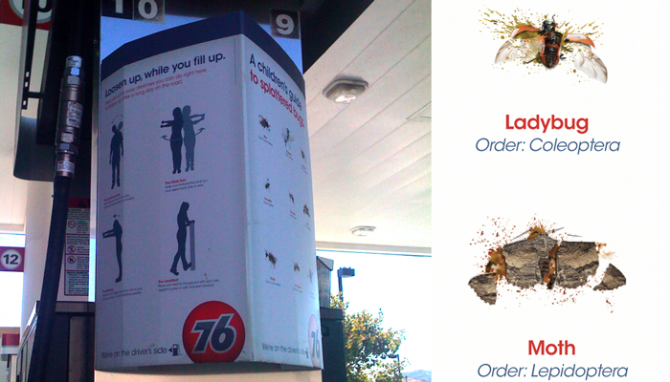 Recently I had the pleasure of keeping my brother company as he drove a U-Haul across half of Arizona and California. After the endless desert dotted with horribly designed billboards along I-10 and the vast nothingness along I-5, our very boring trip was brightened by cute ads at a 76 station.
Recently I had the pleasure of keeping my brother company as he drove a U-Haul across half of Arizona and California. After the endless desert dotted with horribly designed billboards along I-10 and the vast nothingness along I-5, our very boring trip was brightened by cute ads at a 76 station.
First I noticed the Children’s Guide to Splattered Bugs at the pump. It was so unexpected that it took a minute for me to realize the flip side wasn’t the same, but another fun sign, Loosen up While you Fill Up, offering much-needed stretching tips. The campaign tagline, We’re On the Driver’s Side, is a clever play on the gas tank arrow. (One could debate this on more political level, but superficially it’s great.)
I did some digging, and it appears this campaign is credited to Venables Bell, and they get props for creating something with just the right amount of levity to catch attention without being over the top. It’s cute, clever, and got me to pull out my iPhone and snap photos. Job well done!
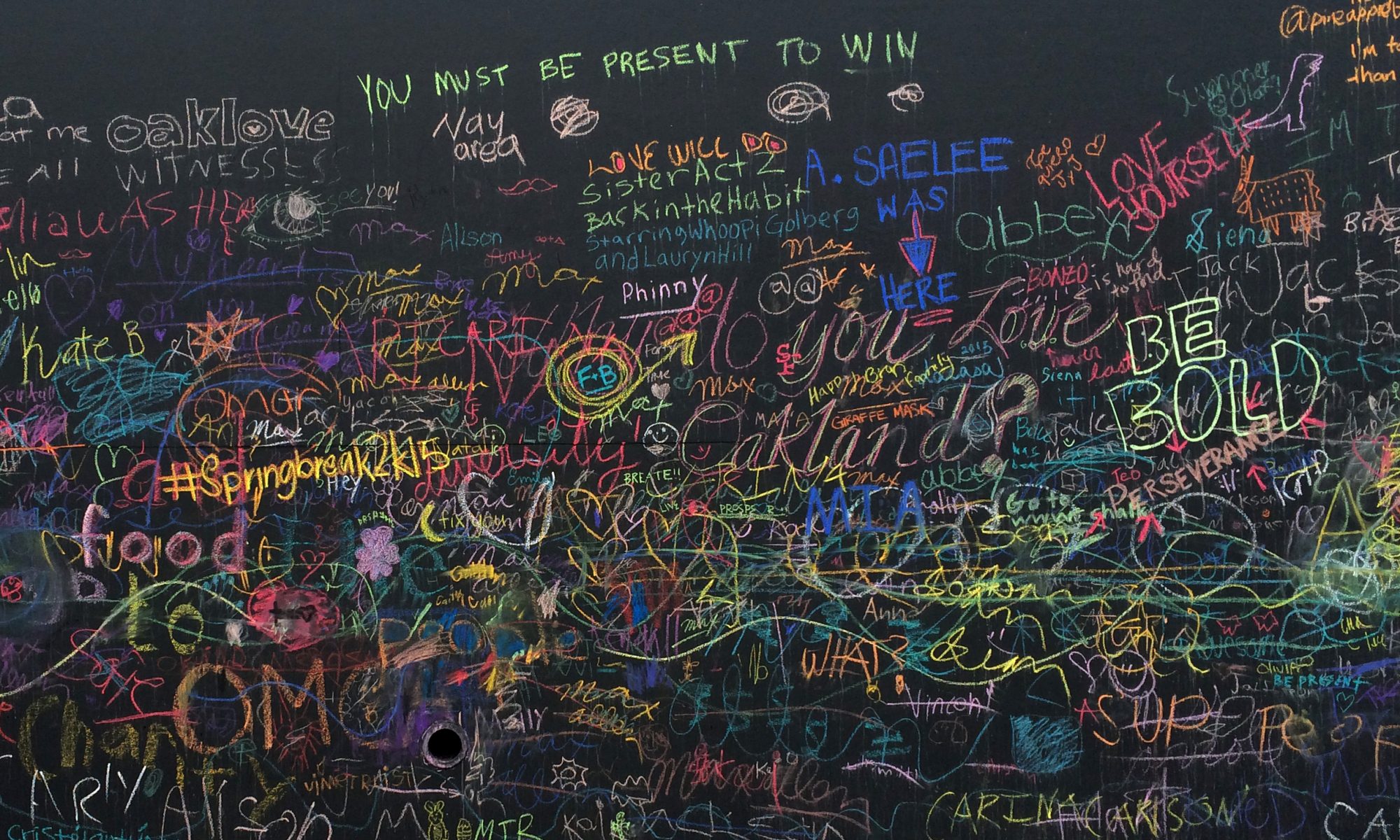
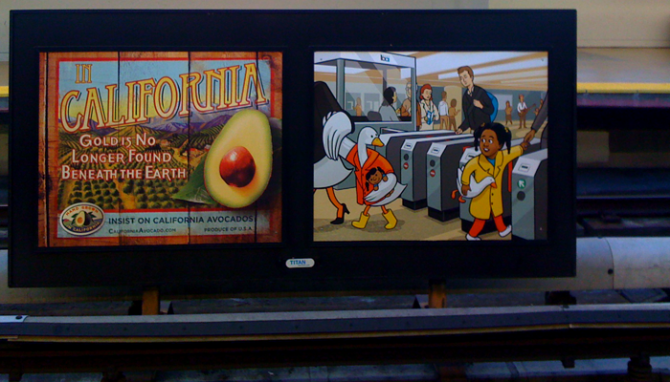 I love public art, and this new series of surreal scenes on (and about) BART is charming.
I love public art, and this new series of surreal scenes on (and about) BART is charming.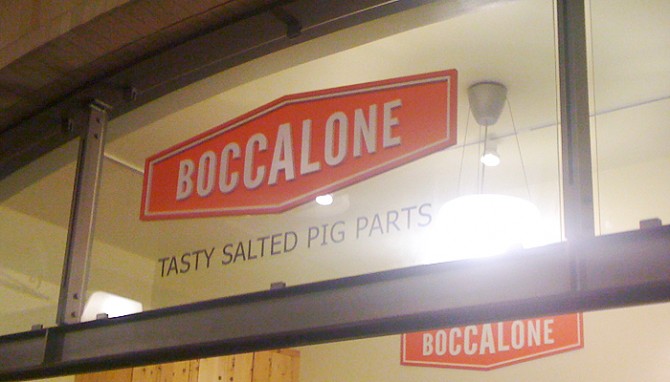 I saw this sign at the Ferry Plaza, and burst out laughing. Tasty Salted Pig Parts?!
I saw this sign at the Ferry Plaza, and burst out laughing. Tasty Salted Pig Parts?!
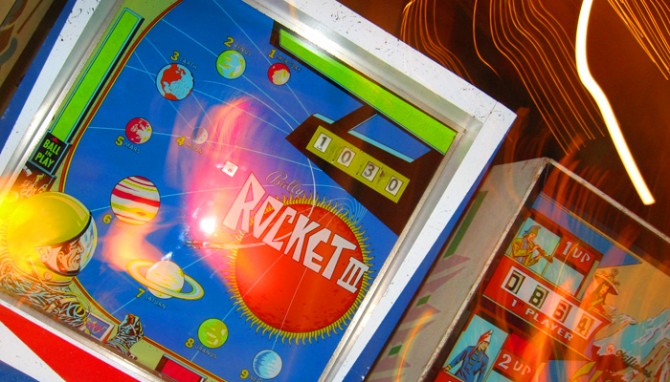 For my elective class this semester I chose Mythology, Meaning, and Design, an exploration of myths, archetypes, and symbols and how they continue to play out today in modern storytelling such as media and branding. So far it’s a very demanding class — more than an elective is worth, probably — but I’m having fun with it.
For my elective class this semester I chose Mythology, Meaning, and Design, an exploration of myths, archetypes, and symbols and how they continue to play out today in modern storytelling such as media and branding. So far it’s a very demanding class — more than an elective is worth, probably — but I’m having fun with it.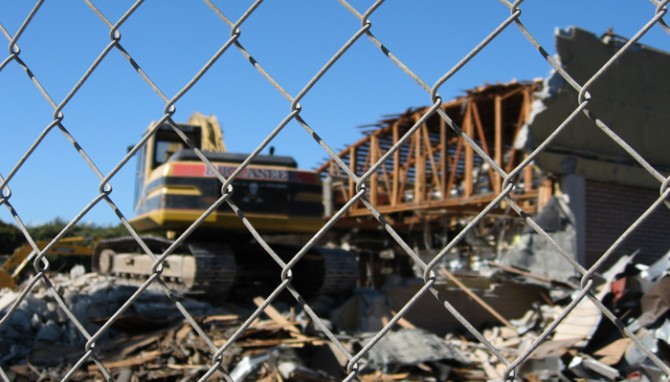
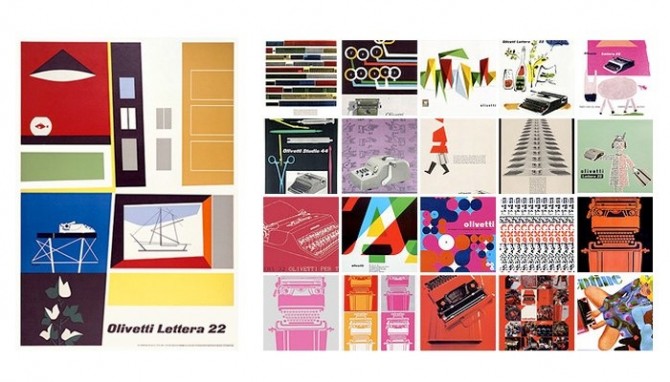 These vintage typewriter ads for Olivetti (shown above) just blow me away. They are such lovely, illustrated compositions, so different from the full page photo + headline ads of today. Italians certainly know how to design beautiful things, in this case not only the machine but also the ads for it. Illustration is becoming a lost art.
These vintage typewriter ads for Olivetti (shown above) just blow me away. They are such lovely, illustrated compositions, so different from the full page photo + headline ads of today. Italians certainly know how to design beautiful things, in this case not only the machine but also the ads for it. Illustration is becoming a lost art.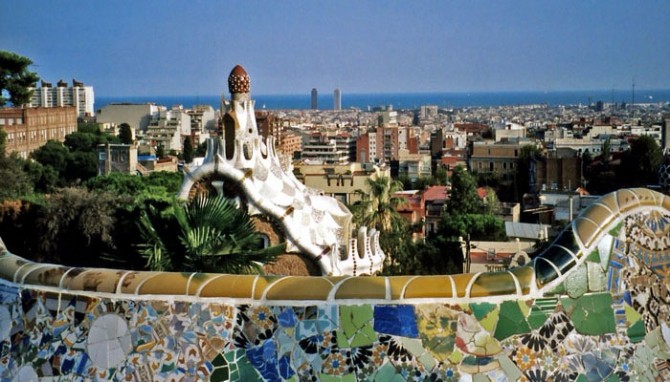 After 5 long years, I’m finally getting around to organizing my Europe photos. I’m starting with Barcelona, a city that stole my heart.
After 5 long years, I’m finally getting around to organizing my Europe photos. I’m starting with Barcelona, a city that stole my heart.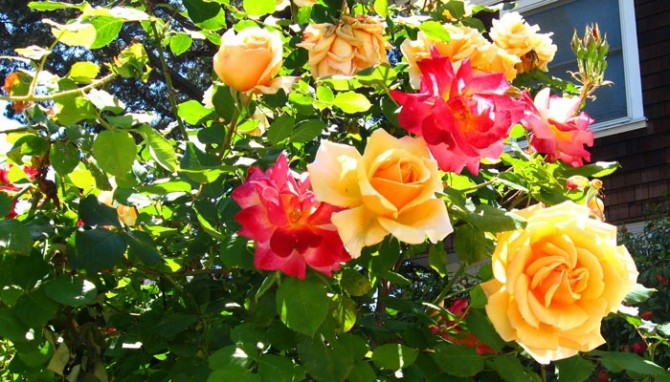 There’s an article in today’s San Francisco Chronicle discussing Stanford professor Robert Pogue Harrison’s new book, Gardens: An Essay on the Human Condition. From the article:
There’s an article in today’s San Francisco Chronicle discussing Stanford professor Robert Pogue Harrison’s new book, Gardens: An Essay on the Human Condition. From the article: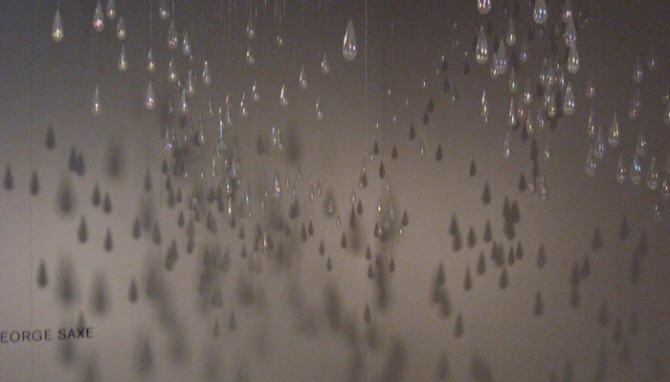 The de Young and the Asian Art Museum are arguably the best art museums in San Francisco, although the bar is not as high here as I would like.
The de Young and the Asian Art Museum are arguably the best art museums in San Francisco, although the bar is not as high here as I would like.